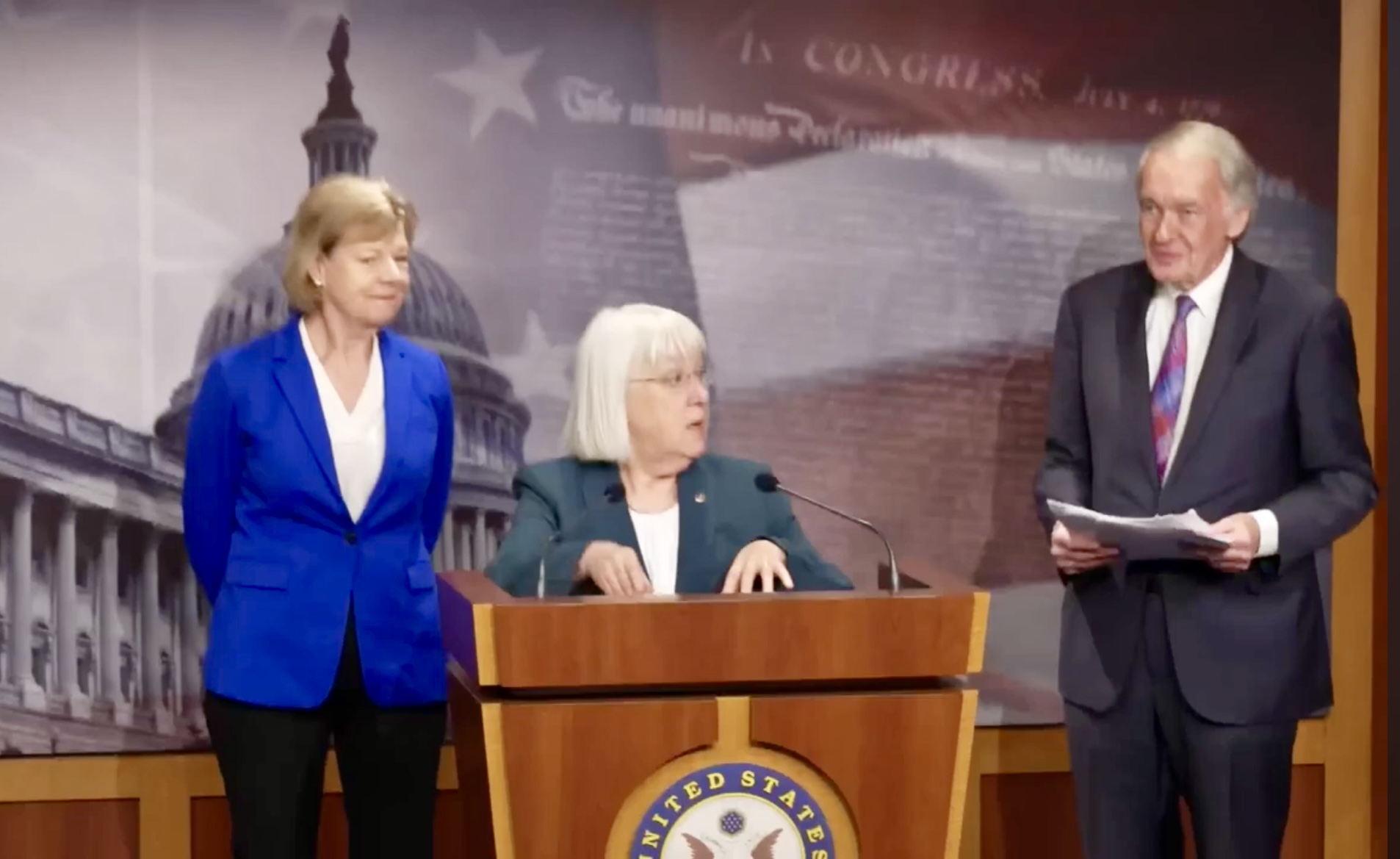
President Barack Obama announced his endorsement of more than 100 candidates in advance of November’s elections. This first wave of endorsements comprises 118 candidates from 17 states running for federal, statewide and state legislative offices.
“I’m proud to endorse this diverse and hopeful collection of thoughtful, empathetic, and highly qualified Democrats,” President Obama said. “Together, these candidates will help us redeem our country’s promise by sticking up for working people, restoring fairness and opportunity to our system, and fighting for the good of all Americans—not just those at the top. They make me optimistic not just about our party’s chances in November, but about our country’s future long after that. So if you’re in one of their districts or states, make sure you vote for them this fall. And if you can, vote early—by mail or in person.”
Reflecting President Obama’s commitment to use his unique standing to help elect Democrats up and down the ballot, he set guiding principles for issuing this fall’s endorsements. He selected candidates because their election would advance key goals: winning control of the U.S. Senate and holding the majority in the U.S. House; electing Democrats who will support fair redistricting in 2021; supporting alumni of his campaigns and Administration; and promoting diverse, emerging leaders for this time.
In every round of endorsements President Obama has issued since leaving office, he has supported candidates running at the state level who the National Democratic Redistricting Committee has identified as critical to the upcoming redistricting process. This fall is the last opportunity for voters to decide who will have a seat at the table when new maps are drawn in 2021 – maps that will be in place for the next decade. As the President has said, we need to end gerrymandering so voters can choose their elected officials, not the other way around.
President Obama believes our long-term challenges can be addressed best when we all take a more active role in our democracy. That’s why he has dedicated his post-presidency to identifying and elevating the next generation of leaders. In issuing this first round of endorsements for 2020, President Obama hopes to help current and aspiring Democratic leaders establish themselves, build their profiles and lead their communities. Today’s endorsements also include 10 Obama Administration and campaign alumni who heeded President Obama’s call in his farewell speech to “grab a clipboard, get some signatures and run for office yourself.”
Endorsed candidates hail from states that have already completed their primaries. President Obama expects to issue a second round of endorsements this fall after the remaining states’ primaries have wrapped up.
Since leaving office, President Obama has remained politically active, campaigning in 2017 and 2018, and issuing nearly 300 endorsements in the 2018 midterm cycle; fundraising for the National Democratic Redistricting Committee, the Democratic National Committee, the Democratic Congressional Campaign Committee, the Democratic Senatorial Campaign Committee, the Democratic Legislative Campaign Committee, and the Democratic Governors Association; and endorsing Vice President Joe Biden in April 2020. President Obama has already held numerous events for Biden for President and expects to continue this sustained political activity leading up to November 3, what he has called the most important election of our lifetimes.
“Our country’s future hangs on this election, and it won’t be easy. But pandemics have a way of cutting through a lot of noise and spin to remind us of what is real, and what is important,” said President Obama. “Elections matter. And we need Americans of all political stripes to get involved in our politics and our public life like never before.”







